Amelie Roberts, PhD Student
.jpg) My PhD is researching large- and small-scale sedimentary structures associated with sediment fans on Mars. At the large-scale, I have investigated the detailed geomorphologies of the sediment fan at the landing site of the European Space Agency’s exomars rover. At the small-scale, I am lucky to be involved with the Curiosity mission on Mars where I am investigating sedimentary structures photographed by the rover’s camera, ‘Mastcam’, and am also involved with day-to-day rover operations.
My PhD is researching large- and small-scale sedimentary structures associated with sediment fans on Mars. At the large-scale, I have investigated the detailed geomorphologies of the sediment fan at the landing site of the European Space Agency’s exomars rover. At the small-scale, I am lucky to be involved with the Curiosity mission on Mars where I am investigating sedimentary structures photographed by the rover’s camera, ‘Mastcam’, and am also involved with day-to-day rover operations.
I really enjoy being a PhD student. With events such as pub quizzes, brunches, and Friday socials hosted by the Department, I quickly became integrated within the PhD community and am now a proud member of both the Gradsoc and Fribes committees.
I have Masters in Geology from the University of St. Andrews and, through internships at the Open University and Western University (Canada), I was able to explore the planetary side of geology through remote sensing of Mars, fieldwork of analogue sites on Earth, and rover operations.
Arianna Olivelli, PhD student
.jpg)
My PhD research is in Marine and Isotope Geochemistry. I study the transport pathways of lead pollution from land to the ocean by investigating the lead isotope composition of seawater. I do this by processing seawater samples in clean laboratory rooms and measuring the lead content of the samples on a mass spectrometer.
Before joining Imperial for my PhD, I completed a BSc in Geology at the University of Milan and an MSc in Marine Sciences at Utrecht University. During and after my masters, I also worked as a researcher in the Marine Debris team of the Commonwealth Scientific and Industrial Research Organisation (CSIRO) in Hobart, Tasmania (Australia).
Alex Engelberg, PhD student
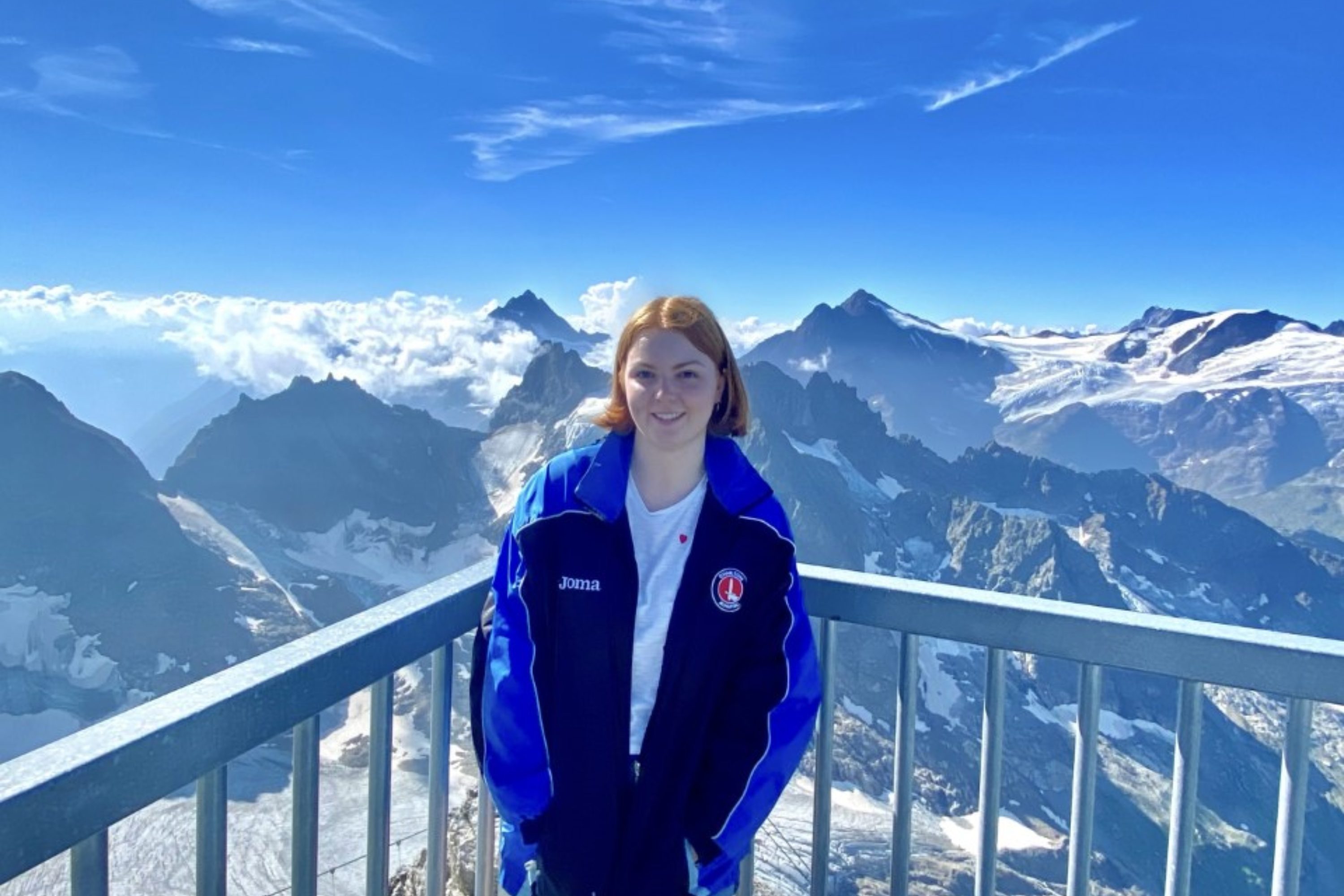 I came to Imperial after completing my Earth Sciences undergraduate degree at the University of Oxford. After working with energy companies during my fourth year, I developed an interest in the energy industry and how we may tackle climate change using mitigation technologies.
I came to Imperial after completing my Earth Sciences undergraduate degree at the University of Oxford. After working with energy companies during my fourth year, I developed an interest in the energy industry and how we may tackle climate change using mitigation technologies.
As a PhD student, I study the geographical and injectivity constraints for carbon capture and storage (CCS), which involves removing CO2 from the atmosphere and storing it in subsurface rocks. To do this safely, we need to understand more about reservoir pressure as rapid injection and high pressures can cause seismic activity and leakage of CO2 back to the atmosphere. My research focuses on estimating how much CO2 can be stored by modelling the pressure build-up for multiple injection scenarios in different locations.
Sarawud (Juy) Saleesongsom, PhD student
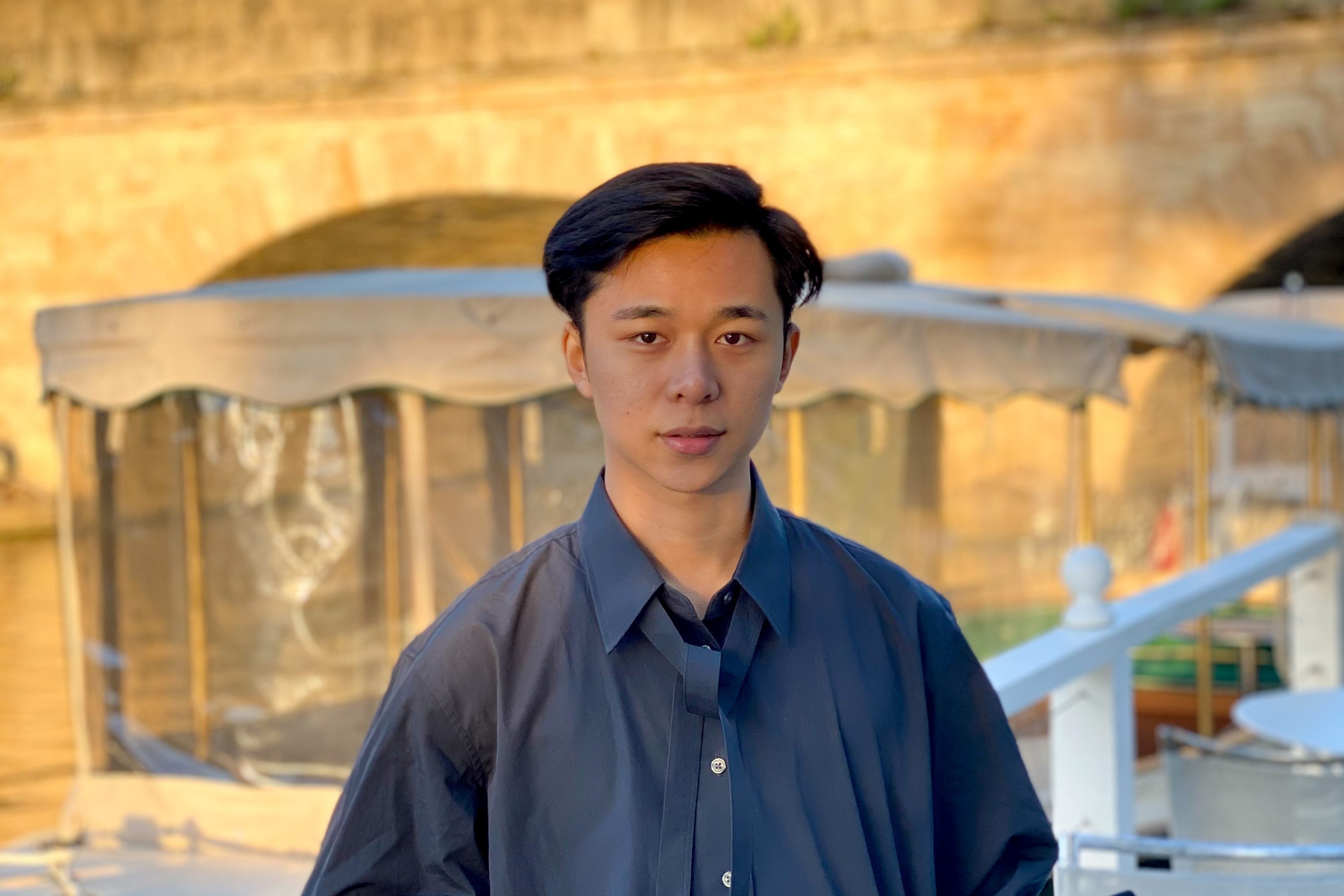 I’m a PhD student in the Environmental Geochemistry research group and also studied Geology here as an undergraduate. My PhD research focuses on the effect of anthropogenic activities and air pollution on atmospheric iron processes. The goal of this study is to accurately predict bioavailable iron during atmospheric transport from sources to where it is deposited in marine and terrestrial environments, in the presence of intensive anthropogenic pollution. I am able to design and run my own experiments and use a high performance computer for modelling.
I’m a PhD student in the Environmental Geochemistry research group and also studied Geology here as an undergraduate. My PhD research focuses on the effect of anthropogenic activities and air pollution on atmospheric iron processes. The goal of this study is to accurately predict bioavailable iron during atmospheric transport from sources to where it is deposited in marine and terrestrial environments, in the presence of intensive anthropogenic pollution. I am able to design and run my own experiments and use a high performance computer for modelling.
Laura Frahm, PhD student
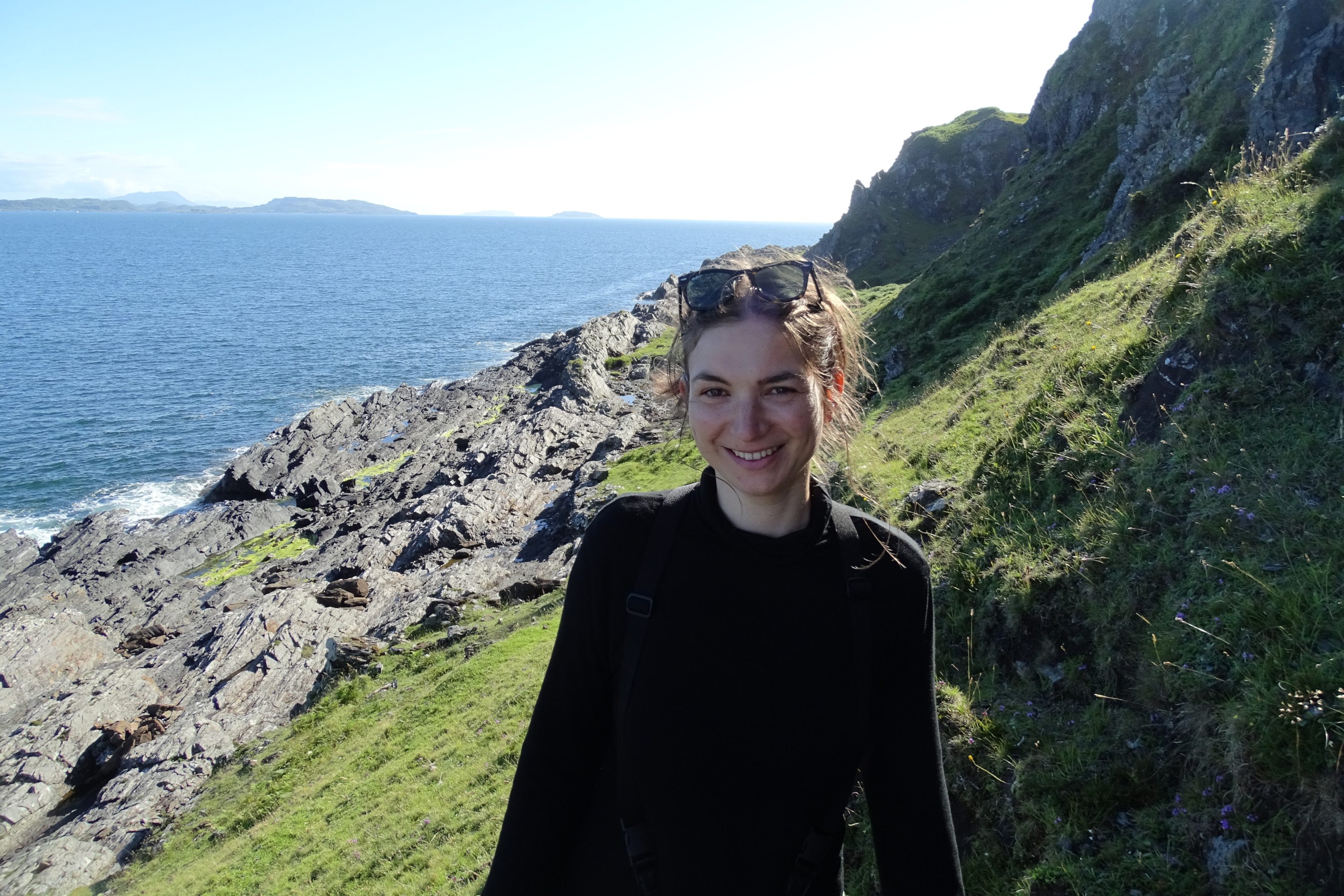
I think it is very exciting that seismic imaging allows us to look into the Earth and, in my case, see how the subduction zone is constructed – the model actually shows where the Pacific plate subducts beneath the Australian plate.
Before my PhD, I studied Geophysics at the University of Hamburg, where I was part of the Marine Seismics group. I was lucky enough to join a few research cruises during my studies, which fully raised my interest in this field. I am very happy and appreciate that I am able to learn more about an interesting subject.
Hui Xu, PhD student
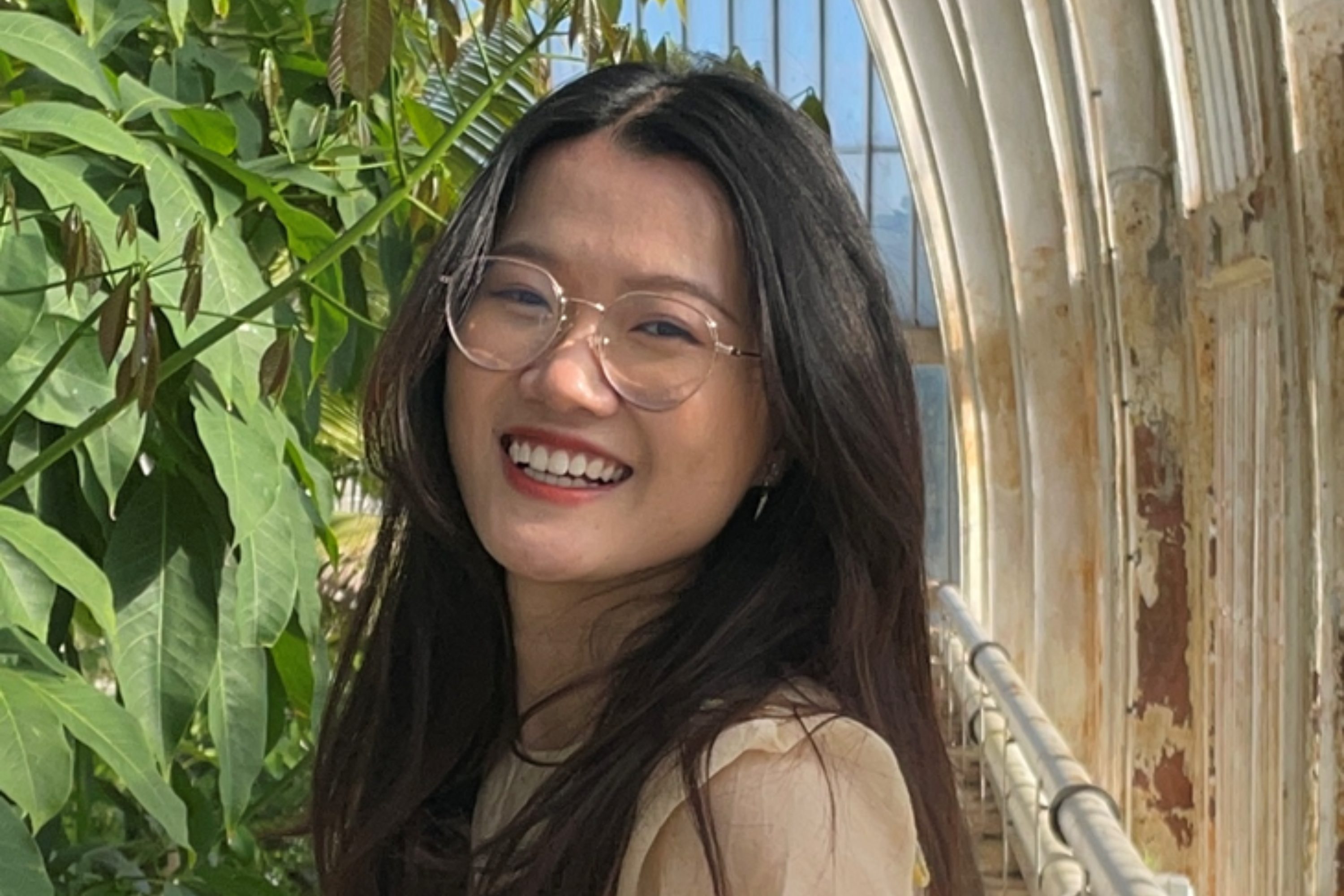 I am interested in understanding the biogeochemical cycling of cadmium and lead. I work in the clean geochemical laboratory and use mass spectrometry to measure isotopes so that I can trace lead and cadmium sources and water mass movement. My PhD project focuses on the acquisition of cadmium and lead isotope data for surface seawater and depth profiles from the tropical North Atlantic. The data will enable a comprehensive interpretation of cadmium and lead isotope variations along the North Atlantic Ocean circulation system and across biogeochemical and pollution regimes.
I am interested in understanding the biogeochemical cycling of cadmium and lead. I work in the clean geochemical laboratory and use mass spectrometry to measure isotopes so that I can trace lead and cadmium sources and water mass movement. My PhD project focuses on the acquisition of cadmium and lead isotope data for surface seawater and depth profiles from the tropical North Atlantic. The data will enable a comprehensive interpretation of cadmium and lead isotope variations along the North Atlantic Ocean circulation system and across biogeochemical and pollution regimes.
Yee Lap Leung, PhD student
 I am a PhD student in isotope geochemistry, but also completed my Integrated Masters in Geology within the department. My project aims to determine how mid-ocean ridge hydrothermal activities impact the dissolved lead budget in the ocean. Due to interactions with different rock materials, hydrothermal fluids and ocean currents inherit unique lead isotope compositions (ratios between different masses of lead atoms). By measuring the lead isotope compositions of seawater and seafloor sediments across an ocean region, I can track the movement and mixing of those circulations in the ocean.
I am a PhD student in isotope geochemistry, but also completed my Integrated Masters in Geology within the department. My project aims to determine how mid-ocean ridge hydrothermal activities impact the dissolved lead budget in the ocean. Due to interactions with different rock materials, hydrothermal fluids and ocean currents inherit unique lead isotope compositions (ratios between different masses of lead atoms). By measuring the lead isotope compositions of seawater and seafloor sediments across an ocean region, I can track the movement and mixing of those circulations in the ocean.
I conduct chemical processing and mass spectrometry measurements of samples in the laboratory. The most enjoyable part of my PhD is being able to work alongside colleagues who work on separate projects but share similar passions and experiences in geosciences.
Jake Lever, PhD student
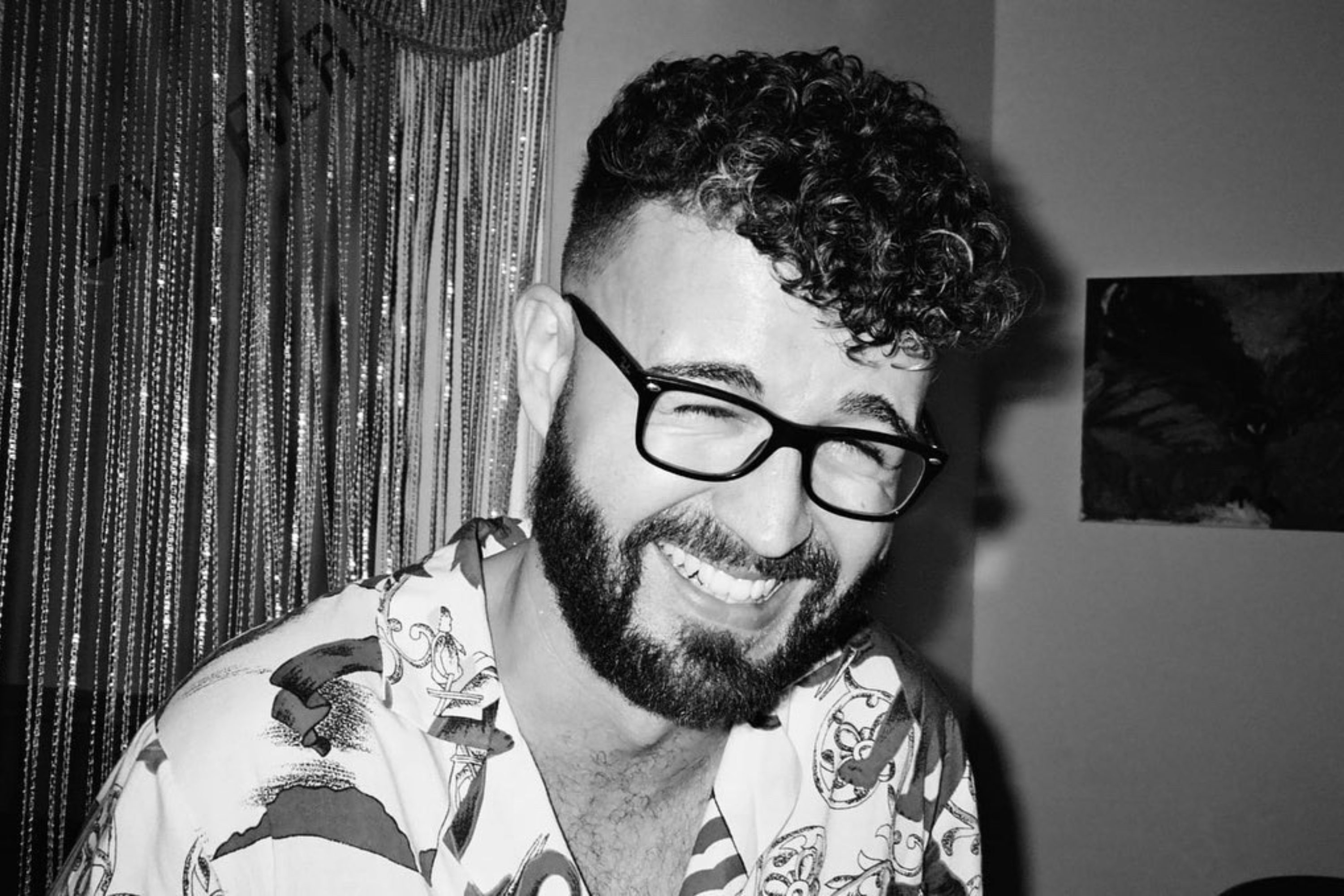
My research project uses social media data to improve the accuracy of predictions for wildfire models and wider natural disasters. During disasters, local social media users post a subjective account of localised conditions in real time. These posts contain information that can act as remote sensor readings, creating a human sensor network where social media users are considered noisy remote sensors. Information from this network is extracted from posts using Natural Language processing and machine learning methods, and used as observational data to inform and improve artificial intelligence-driven wildfire models. The aim of this project is to create more socially conscious disaster models, which contain actionable information for disaster management and emergency services.
Ruairi McDonald, Graduate
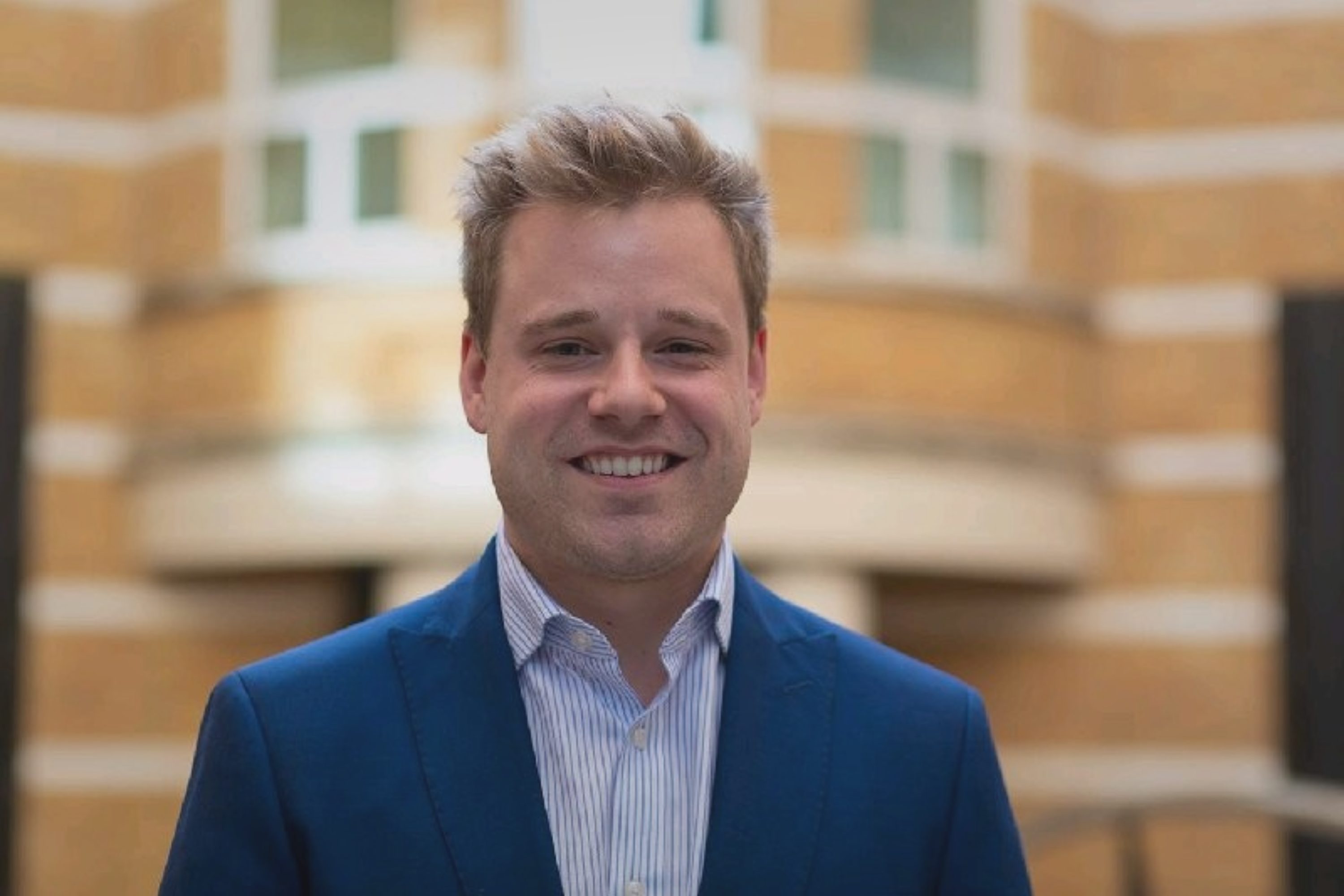 I graduated with an MSc in Petroleum Geoscience in 2010. From 2010 to 2021, I worked in Exploration and Production for Hess and Eni as a Geoscientist, based out of hubs in London, Houston and Copenhagen. In 2021, I pivoted career and moved into renewable energy, joining Orsted UK as a Geologist focused on global offshore wind.
I graduated with an MSc in Petroleum Geoscience in 2010. From 2010 to 2021, I worked in Exploration and Production for Hess and Eni as a Geoscientist, based out of hubs in London, Houston and Copenhagen. In 2021, I pivoted career and moved into renewable energy, joining Orsted UK as a Geologist focused on global offshore wind.
Chao-Lun (Brian) Liu, Graduate
-Liu.jpg) I completed an MSc in Applied Computational Science and Engineering (ACSE) at Imperial in 2020. I now work as a Silicon Design Engineer on the GPU Hardware Ray Tracing Architecture team at Advanced Micro Devices in the UK. I work with a team of architects to explore new ray tracing techniques in real-time and offline applications. Many of ACSE's courses are related to GPUs, such as parallel computing, numerical methods, and machine learning, so the knoweldge I gained at Imperial helps me in my current career.
I completed an MSc in Applied Computational Science and Engineering (ACSE) at Imperial in 2020. I now work as a Silicon Design Engineer on the GPU Hardware Ray Tracing Architecture team at Advanced Micro Devices in the UK. I work with a team of architects to explore new ray tracing techniques in real-time and offline applications. Many of ACSE's courses are related to GPUs, such as parallel computing, numerical methods, and machine learning, so the knoweldge I gained at Imperial helps me in my current career.Jiano Pulickal, Graduate
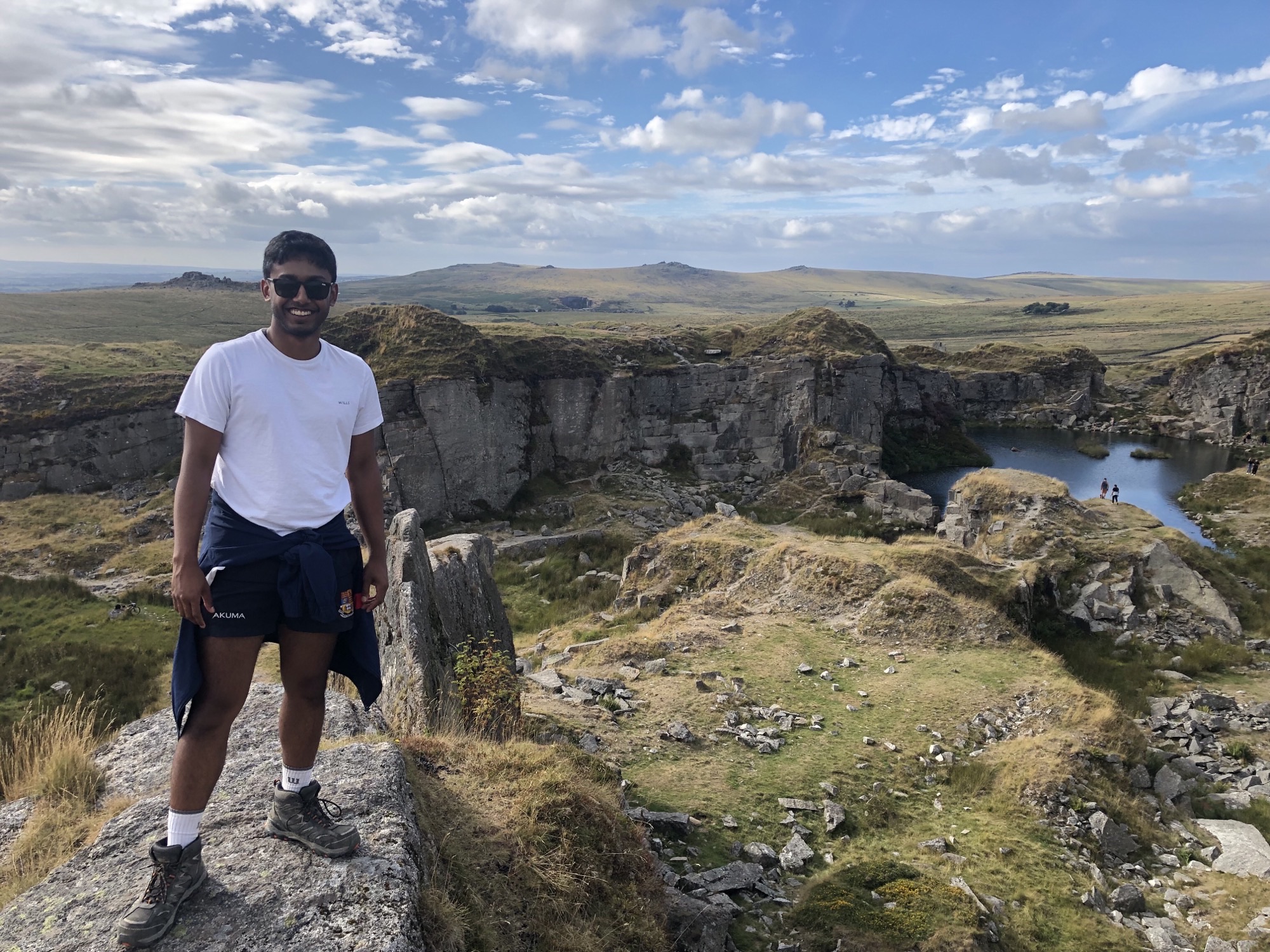 I’m a Graduate Geophysicist at RSK, one of the country’s largest environmental consultancies. Studying Geophysics between 2017 and 2021 helped me gain the field geophysics expertise needed for my job. I get to travel the country doing all sorts of surveys and I’m enjoying every minute.
I’m a Graduate Geophysicist at RSK, one of the country’s largest environmental consultancies. Studying Geophysics between 2017 and 2021 helped me gain the field geophysics expertise needed for my job. I get to travel the country doing all sorts of surveys and I’m enjoying every minute.
Ben Santhouse, Graduate
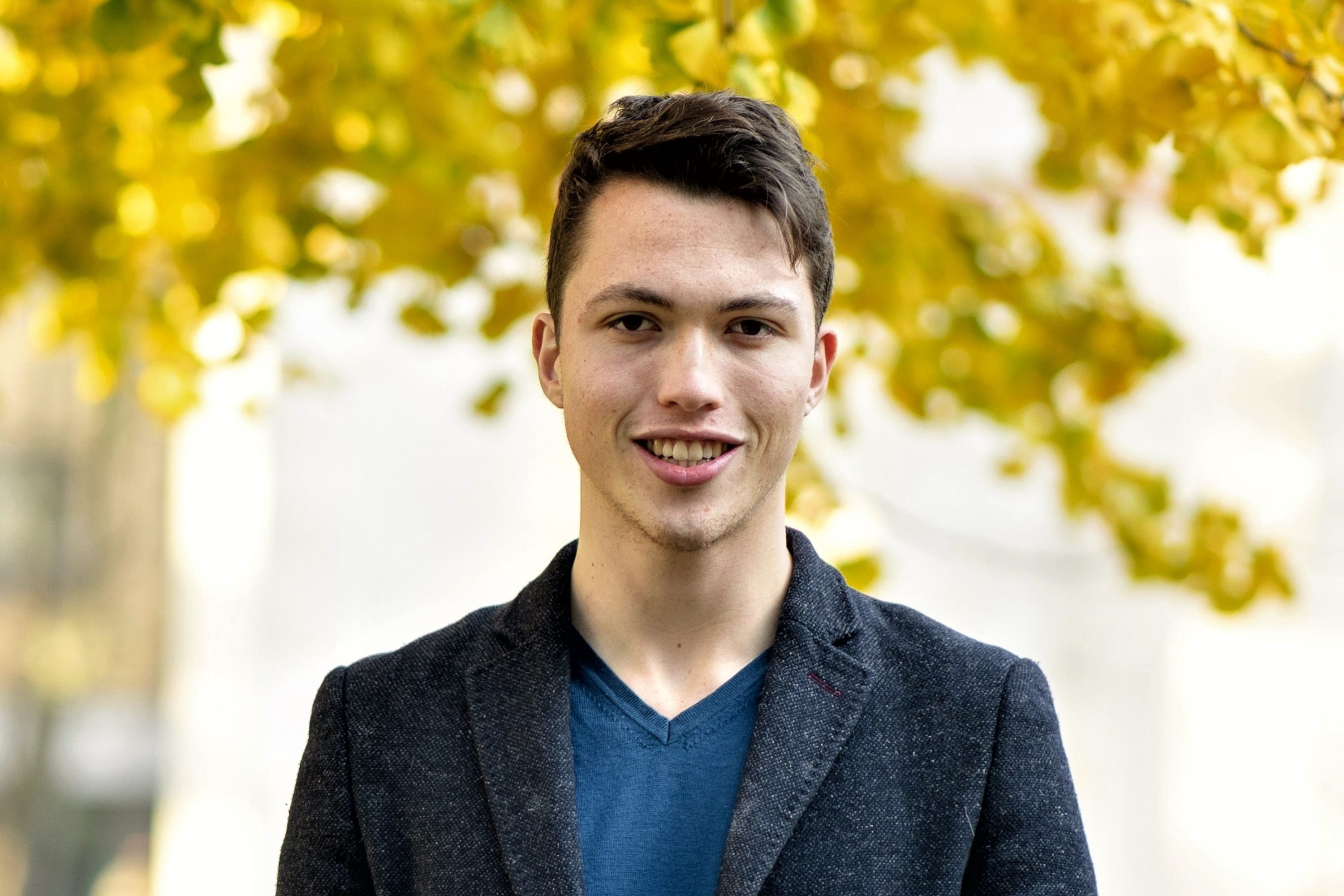 I graduated from the Department in 2021, then studied MSc Energy Systems at Oxford and joined McKinsey's Sustainability Practice in 2022. I serve as the Renewable Energy Co-Lead for the UN Framework on Climate Change's Youth Constituency. These opportunities arose because my ESE education allowed me to build an extremely robust physical science understanding of environmental problems, as well as a useful geophysics toolkit and highly transferable quantitative skills.
I graduated from the Department in 2021, then studied MSc Energy Systems at Oxford and joined McKinsey's Sustainability Practice in 2022. I serve as the Renewable Energy Co-Lead for the UN Framework on Climate Change's Youth Constituency. These opportunities arose because my ESE education allowed me to build an extremely robust physical science understanding of environmental problems, as well as a useful geophysics toolkit and highly transferable quantitative skills.